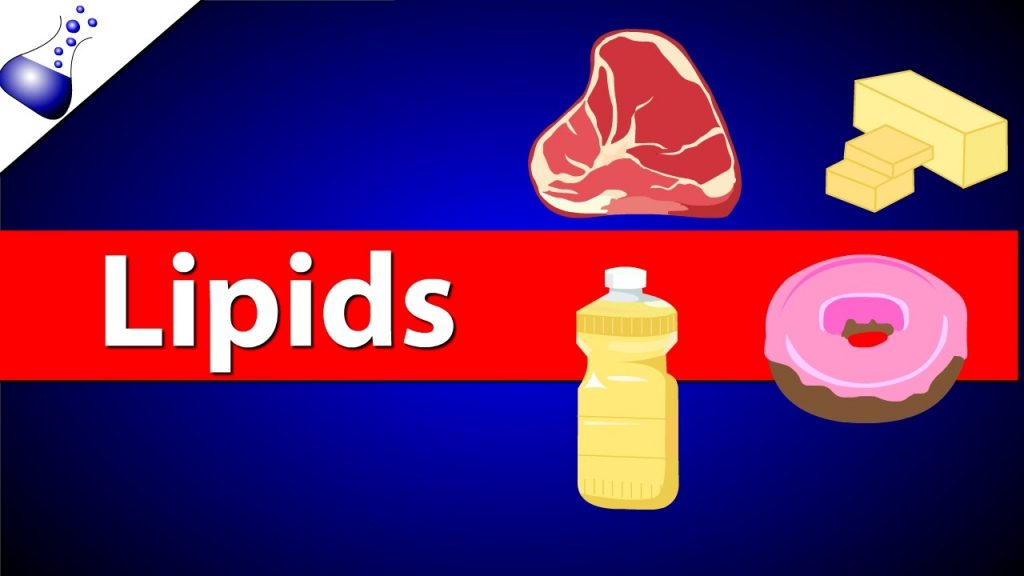Lipid metabolism is a very complex, therefore, this section focuses only on the topics that are relevant to your understanding of the type-2-diabetes. A basic knowledge of lipid metabolism will help you better understand the clinical challenges facing the health care provider in taking care of patients with diabetes.
When insulin action is normal, glucose is used for energy. In type-2-diabetes, when glucose is not efficiently transported into muscle, fat, and liver cells, these cells may need to switch to fats for energy.
Lipid come from foods and are also made by the body. Lipids play many important roles in the body, one of which is to store the energy. Key types of circulating lipids include cholesterol and triglycerides.
Cholesterol
Cholestreol is found in foods such as meat and eggy yolks. However, a large proportion of cholesterol is synthesized in the body, primarily in the liver from fatty acids.
The main role of cholesterol is to act as the building block of essential cellular substances, such as cell membranes, steroid hormones, and bile salts that aid in the absorption of fat from the intestines. Excess cholesterol can be detrimental to health. It can be deposited in blood vessel walls, forming fatty plaques that increase the risk of atherosclerosis.
Triglycerides
Triglycerides are the most common fat in the body and in our diet. Triglycerides are molecules that are made of three fatty acids attached to a glycerol molecule backbone. The main role of triglycerides is energy storage.
Excess glucose, proteins, and other fats are all converted into triglycerides for storage. Triglycerides are primarily stored in fat cells called plaque tissue, commonly known as fat. When triglycerides are needed for energy, they are broken down into three fatty acids and glycerol. These fatty acids are then transported to where they are needed for energy production.
Lipoproteins
In order for cholesterol and triglycerides to be transported in th blood, they are assembled with proteins into lipoproteins. The liver plays a central role in lipid metabolism, especially in the production of cholesterol and triglycerides and the transport of these lipids to other sites in the body by packaging them as lipoproteins.
There are three lipoproteins are as follows;
- Very-low-density Lipoproteins (VLDL). The liver packages cholesterol and triglycerides, both those made in the liver and those sent to the liver, into VLDL’s which are sent into bloodstream. These are then broken down and taken up by body cells and either used for energy production or reformed into triglycerides and stored for later use. VLDL particles are converted to LDL as some of the triglycerides are deposited in adipose tissue.
- Low-density Lipoprotein (LDL). LDL provides cholesterol to the body tissues (especially liver cells), where it is used for cell membranes and synthesis of steroid hormones. LDL is known as “bad cholesterol” because when present in high levels, it may be taken up by scavenger cells that deposit the cholesterol in the walls of blood vessels, contributing to formation of lipid plaques.
- High-density Lipoproteins (HDL). HDL transfers excess cholesterol from body cells to the liver for elimination. HDL is known as “good cholesterol” because it can prevent accumulation of cholesterol in the blood vessels and is associated with reduced risk of atherosclerosis.
Note that both LDL and HDL contain more cholesterol than triglycerides and are also referred to as LDL cholesterol and HDL cholesterol, respectively.
Normal lipid metabolism consists of the following steps;
- Fat is broken down into fatty acids and other components in the intestines in a process termed as Lipolysis.
- Following absorption through the intestinal wall, the fatty acids are combined with glycerol to form triglycerides in a process termed as Lipogenesis.
- In the blood, the triglycerides are again broken down into fatty acids and glycerol to be absorbed by muscle, fat, liver, and other cells for immediate energy production or repackaged into triglycerides and stored for later use.
Insulin affects lipid metabolism by promoting synthesis of fatty acids in the liver and inhibiting breakdown of fat in adipose tissue.
Lipid Metabolism in Diabetes
When adequate amounts of glucose are not readily able to move into cells in patients with Type-2-diabetes, cells turn to other sources of energy such as increasing metabolism of fat for energy. Fat cells turn to stored triglycerides for energy production. In this metabolic pathway;
- Triglycerides are broken down into fatty acids and glycerol and are released into metabolism.
- Tissues throughout the body metabolize the fatty acids for energy production. Fatty acid metabolism produces acidic by-products called ketones. Monitoring the production of ketones nis especially important in type -1-diabetes because build-up of toxic levels of these acidic compounds leads to a potentially life-threatening metablic crisis called diabetic ketoacidosis.
- Excess fatty acids also trigger the liver to synthesize more triglyceride-rich VLDL and cholesterol-rich LDL.
Excess fat is stored as adipose tissue and contributes to obesity. Excess fat (i.e. obesity) is a risk factor for type-2-diabetes. Some research suggests that the compartment of fat called visceral fat puts patients at higher risk for developing type-2-diabetes and cardiovascular disease than subcutaneous fat deposition.
